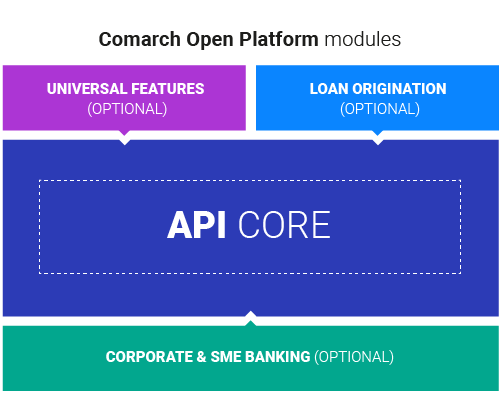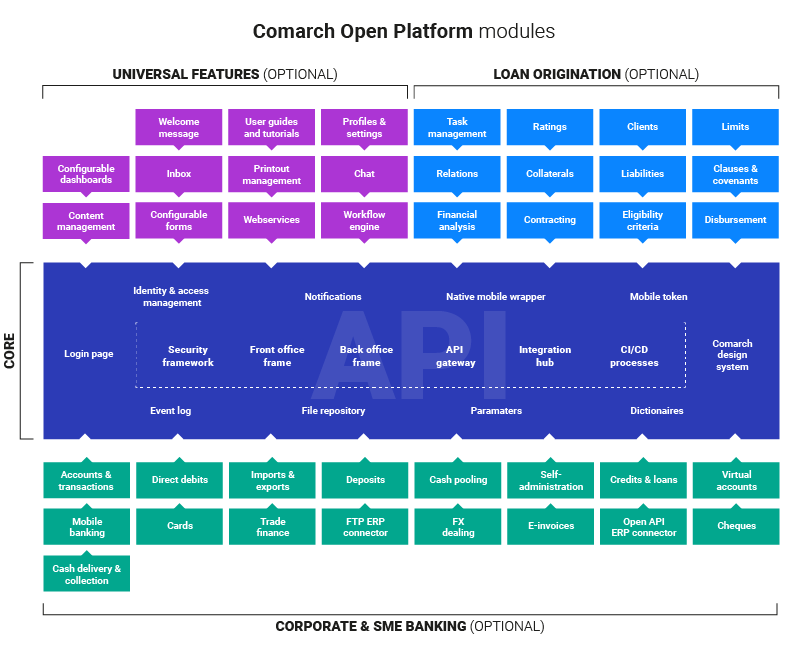Close look on API. What is the buzz all about?
- Published
- 5 min reading

Application Programming Interface (API) is a set of rules and protocols that allow applications to communicate with each other. An API defines how data is being exchanged between systems, using requests and responses.
Using APIs, third-party developers are able to create software that uses functionalities of external applications, without having to understand and modify their systemic details.
From a technical standpoint, an API is the code that manages all the access points in an application or server. When users send an external request to these servers, the API translates and passes these requests to the application and allows for a response to be sent back. In other words, the Application Programming Interface acts as an intermediary that allows communication between external systems and the application and passes feedback from the application to us.
A fairly common comparison to an API is a waiter. It relays information between applications in a system, just like a waiter does between tables and the kitchen in a restaurant.
A few things about API
130 million users of Open Banking by 2024
API-related technology has become especially popular in financial services. This has been true for quite some time, but the pandemic was the turning point, when virtually everyone went for virtual payments. According to Apigee’s 2021 State Of The API Economy report, 65% of companies have accelerated digital transformation because of the pandemic.
As numbers show, Open Banking has been discussed as a hot topic in the API industry, but the pandemic really changed the conversation. Over 132.2 million users will have already converted to Open Banking by 2024.
API-based services take up 83% of all internet traffic
According to a yearly report on the current state of the Internet Security industry, published by cybersecurity company Akamai, more than 83% of the entire web traffic currently comes from some form of API.
API helps to develop better products
56% of developers find APIs help them build better digital products, according to the State Of The API Economy report by Google Cloud’s Apigee. The report’s survey results also state that APIs:
- accelerate innovation (52%)
- integrate systems (40%)
- create business value (36%)
- are products themselves (22%)
Cloud Automation will become a $480.5 billion industry by 2030
Cloud-based technology is one of the major factors driving the adoption of APIs. Giving the simple fact that cloud technology market – reported to be worth $110.1 billion in 2022 – is itself is on the steady rise, it’s obvious that API is proportionally growing as well, with reports that cloud automation will reach $480.5 billion by 2030.
Comarch Open Platform API
But what can a financial institution get from a company like Comarch to deal with all abovementioned issues?
Comarch Open Platform API guarantees:
Security
API gateway must use encrypted data for services to protect sensitive application data from unauthorized access. Rate limiting helps to prevent in abusing services by bots and users. It also reduces the risk of denial-of-service (DoS) attacks.
Another thing is that all incoming requests must be authenticated at the level of the API gateway, rather than in each of the microservices, and use Transport Layer Security (TLS) across all communications.
Scalability
API gateway scalability is crucial to support traffic surges without affecting service performance. The application could easily become offline – and APIs unavailable – without gateway consistency while balancing loads. This in turn can mean users will lose confidence in the platform.
Reliability
Configurable high availability of API gateway will reduce service downtime when a zone or instance becomes unavailable. If there’s malfunction nonetheless, the platform should also offer fault tolerance on hardware or software for API data, so that APIs can continue to run anyway. To be provided with helpful information to troubleshoot, secure, investigate, or debug any arising problems, a combination of monitoring systems, alerts and logging tools will be needed.
Extensibility
API extensibility, i.e. the ability to change the behavior of the interface without having to develop the API for their specific needs. This can be a critical factor in the ability to maintain a clean and focused interface while providing a flexible system that allows users to solve problems that were never anticipated. This will save the company the additional costs of APIs development to serve their customers in the best way.
Integrability
Integrability in relation to API refers to the ability to connect two or more APIs to exchange data and perform actions. This means virtually any software applications are allowed to communicate with each other even between different APIs. This lets institution to develop their offering of new products with no fear of cooperation with currently existing system.
But wait, there’s more! Here’s what a bank operating in the SME and Corporate segments can get from this solution:


More about Comarch Open Platform

Product Marketing Manager


